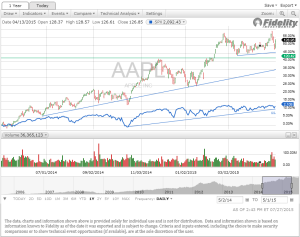A recent New York Times article suggested that the open office backlash may be a temporary setback, and actually does build a sense of community within the work culture after all. It’s just experiencing growing pains. This is in stark contrast to several articles a mere two years ago, including a Fast Company article, that called for an exorcism of the open office layout immediately.
The idea of changing the physical infrastructure of office space has been an ongoing discussion for decades, though one would be hard-pressed not to see an open office layout in most offices, even in the formerly formal financial sector. With the rise of the startup element in the tech part of fintech, many fintech companies are open office and are most likely staying that way.
There has been some cynicism and critics (with graphs and charts to back up their opposition) who have said that open office has been a way for greedy CEOs to save space, cramming as many worker bees as possible in each square area whilst claiming it is a collaborative bonding. But in many companies, even the CEOs are on the floor amongst their colleagues. What proponents to open culture, like Google, aimed to do with the creation of the wide open spaces, was to disrupt the white collar industries and white collar thinking. In theory, the intention was a good one, though the pushback has been severe.
As open-space offices have spread like wildfire through Silicon Valley (and Wall Street in some instances), complaints abound, and with studies to confirm the limitations of the layout.
The NYT article submits that the layout is a “first-generation” issue that will most likely ease in time because “[g]reater openness is here to stay given our flattening hierarchies, a profound and irreversible shift increasingly reinforced by the ever great flow of digital information across offices.”
Interestingly enough, contrary to the author’s article, opponents or proponents, open office culture is nothing new. Telephone operators, motor pool workers, and even WWII’s Bletchley Park codebreakers used the floor plan decades before first generation grievances started pouring in, and with much less complaining.





